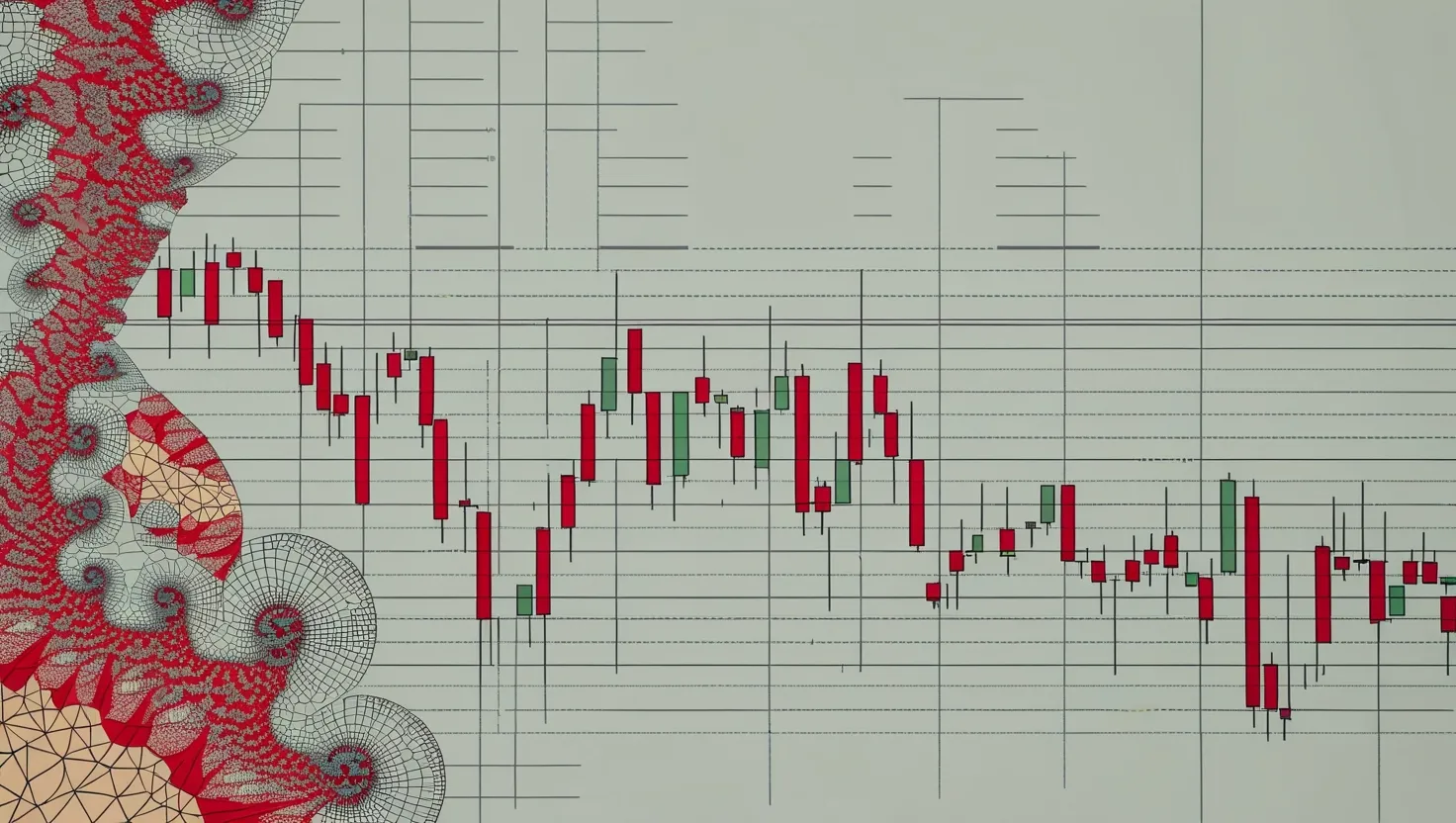When it comes to investing, the allure of trendy, high-growth sectors can be overwhelming, but savvy investors know that some of the best opportunities lie in the often-overlooked mature industries. These sectors, while not as glamorous as their tech counterparts, hold a treasure trove of hidden gems waiting to be discovered through the lens of value investing.
The Art of Value Investing
Value investing is all about separating a company’s market price from its intrinsic value. It’s a strategy that requires patience, discipline, and a keen eye for detail. As Warren Buffett once said, “Price is what you pay. Value is what you get.” This philosophy is particularly relevant when hunting for undervalued companies in mature industries.
Analyzing Cash Flow Generation
One of the first steps in identifying hidden gems in mature industries is to analyze their cash flow generation and capital allocation practices. Companies with strong, consistent cash flows are often undervalued because they don’t fit the narrative of high-growth stories. However, these cash flows can be a lifeline during economic downturns and a source of stability in volatile markets.
Consider a company like Coca-Cola, which operates in the mature beverage industry. Despite the industry’s slow growth, Coca-Cola’s ability to generate significant cash flows has allowed it to maintain a strong dividend yield and invest in growth initiatives. This kind of financial health is a hallmark of a value investment.
Identifying Market Positions and Pricing Power
Companies with strong market positions and pricing power are another treasure trove for value investors. These firms often have competitive advantages that allow them to maintain market share and pricing power, even in declining industries. For instance, a company like Procter & Gamble, with its portfolio of household brands, can command premium prices due to its brand loyalty and market dominance.
How do you identify such companies? Look for those with high barriers to entry, strong brand recognition, and a history of maintaining pricing power. These characteristics are indicative of a company that can weather industry downturns and continue to generate value over the long term.
Evaluating Operational Improvements
Operational improvements and cost reductions can significantly enhance the value of a company in a mature industry. Investors should look for companies that have the potential to streamline operations, reduce costs, and improve efficiency. This could involve restructuring, outsourcing non-core functions, or implementing new technologies.
For example, a company like 3M, which operates in various mature sectors including industrial manufacturing, has consistently improved its operations through innovation and cost-cutting measures. These efforts have allowed 3M to maintain its profitability and competitiveness in a slow-growth environment.
Assessing Consolidation Opportunities
Consolidation is another avenue for value creation in mature industries. As industries mature, consolidation often becomes a key strategy for companies looking to gain market share and reduce costs. Investors should look for companies that are well-positioned to acquire or merge with other firms, thereby increasing their market share and improving their financial health.
The agricultural sector is a prime example. Companies like John Deere and Monsanto (now part of Bayer) have consolidated their positions through strategic acquisitions, allowing them to dominate their respective markets and maintain profitability.
Applying Traditional Value Metrics
When evaluating companies in mature industries, traditional value metrics such as the Price-to-Earnings (P/E) ratio and the Price-to-Book (P/B) ratio are still highly relevant. These metrics help investors determine if a company is undervalued relative to its peers and the broader market.
For instance, a company with a low P/E ratio compared to its industry average might indicate that the market has undervalued its earnings potential. This could be a buying opportunity for value investors who believe the company’s fundamentals are stronger than its current market price suggests.
Managing Risk in Cyclical Sectors
Mature industries are often cyclical, meaning their performance can be heavily influenced by economic conditions. Managing risk in these sectors is crucial. Value investors should focus on companies with strong financial health, low debt levels, and a history of weathering economic downturns.
As Benjamin Graham, the father of value investing, advised, “The intelligent investor is a realist who sells to optimists and buys from pessimists.” This approach helps in mitigating risk by buying companies at a discount during pessimistic times and selling them at a premium during optimistic times.
Case Studies of Successful Value Investments
One of the most compelling case studies of successful value investing in mature industries is the story of Warren Buffett’s investment in Coca-Cola in the late 1980s. At the time, Coca-Cola was facing significant challenges, including increased competition and a declining market share. However, Buffett saw the intrinsic value in the company’s brand and its ability to generate cash flows.
Buffett’s investment in Coca-Cola is a testament to the power of value investing. By focusing on the company’s fundamental strengths and ignoring short-term market volatility, Buffett was able to generate substantial returns over the long term.
The Importance of Patience
Value investing is not a get-rich-quick scheme; it requires patience and a long-term perspective. Investors must be willing to hold onto their investments even when the market is not recognizing their value. As Peter Lynch once said, “In the short run, the market is a voting machine, but in the long run, it is a weighing machine.”
This patience is particularly important in mature industries where growth may be slow but the potential for long-term value creation is significant. By focusing on strong fundamentals, competitive advantages, and potential for operational improvements, value investors can uncover hidden gems that the market has overlooked.
Conclusion
Identifying hidden gems in mature industries through value investing is a rewarding but challenging task. It requires a deep understanding of the company’s financial health, market position, and potential for operational improvements. By applying traditional value metrics, managing risk, and maintaining a long-term perspective, investors can uncover opportunities that others may have missed.
As you embark on this journey, remember that value investing is about seeing what others do not – the intrinsic value hidden beneath the surface of a company’s market price. With patience, discipline, and the right strategy, you can uncover the hidden gems that lie within the often-overlooked mature industries.






